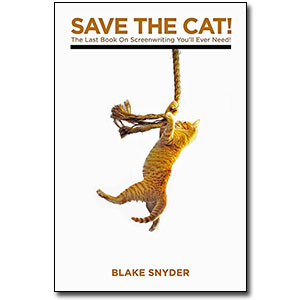One of the more recent documentaries on rock star legend Jim Morrison entitled “When You’re Strange†offers an interesting new perspective on the celebrity. Jim Morrison is an infamous figure, known for haranguing his audiences in between performances, frequent altercations with the law, and open admission to illicit drug use.
Although his band’s music was a popular, Morrison’s personal image struggled. Even though Morrison would self-identify as a poet and creative genius, the public felt his antics were uncalled for, his belittling attitude towards his fans arrogant, and his unpredictable, reckless actions menacing. Morrison’s behavior is not unlike hip hop star Kanye West’s today (Kanye actually refers to himself as this generation’s Jim Morrison, interestingly enough).
However, as the documentary I mention above notes, Morrison’s awareness of his identity being an integral part of his music was quite clear. One excellent example is the song LA Woman, and the famous refrain “Mr. Mojo Risin’/Gotta keep on risin’/risin, risin…†– the emotional and musical climax of a radio hit, and a song frequently requested live. As band members note, Morrison invented this phrase on the spot, and later revealed that it was an anagram (he just rearranged the words of his own name – like Tom Marvolo Riddle in Harry Potter).
This particular moment of studio session songwriting brilliance is emblematic of a larger point – Jim Morrison’s wild “bad boy†persona fueled his band’s fiery sound. As band member Manzarek notes in interviews, “he would do things just to see if he could get away with them. To say he did them.†One might even risk the thought that if Morrison was aware of his persona and its relationship to his music, perhaps his wild behavior was in fact a form of performance art.
Jim’s antics on stage, according to his band members, could be highly energized, or highly dangerous – one could never tell. On bad days, Jim would consume so much alcohol and LSD that he would yell at the crowd, or pass out, forcing the band to continue without him.
Another time, Jim blacked out on stage from drinking heavily and dosing on LSD and proclaimed, “I AM THE LIZARD KING!!! I CAN DO ANYTHINGâ€. The Doors’ label later released a band compilation entitled “Lizard King†– concretizing Jim’s physical performance into a musical object.




















